I tested the Sony WH-1000XM6 against the Bose QuietComfort Ultra Headphones to see which take the noise-cancelling headphones throne
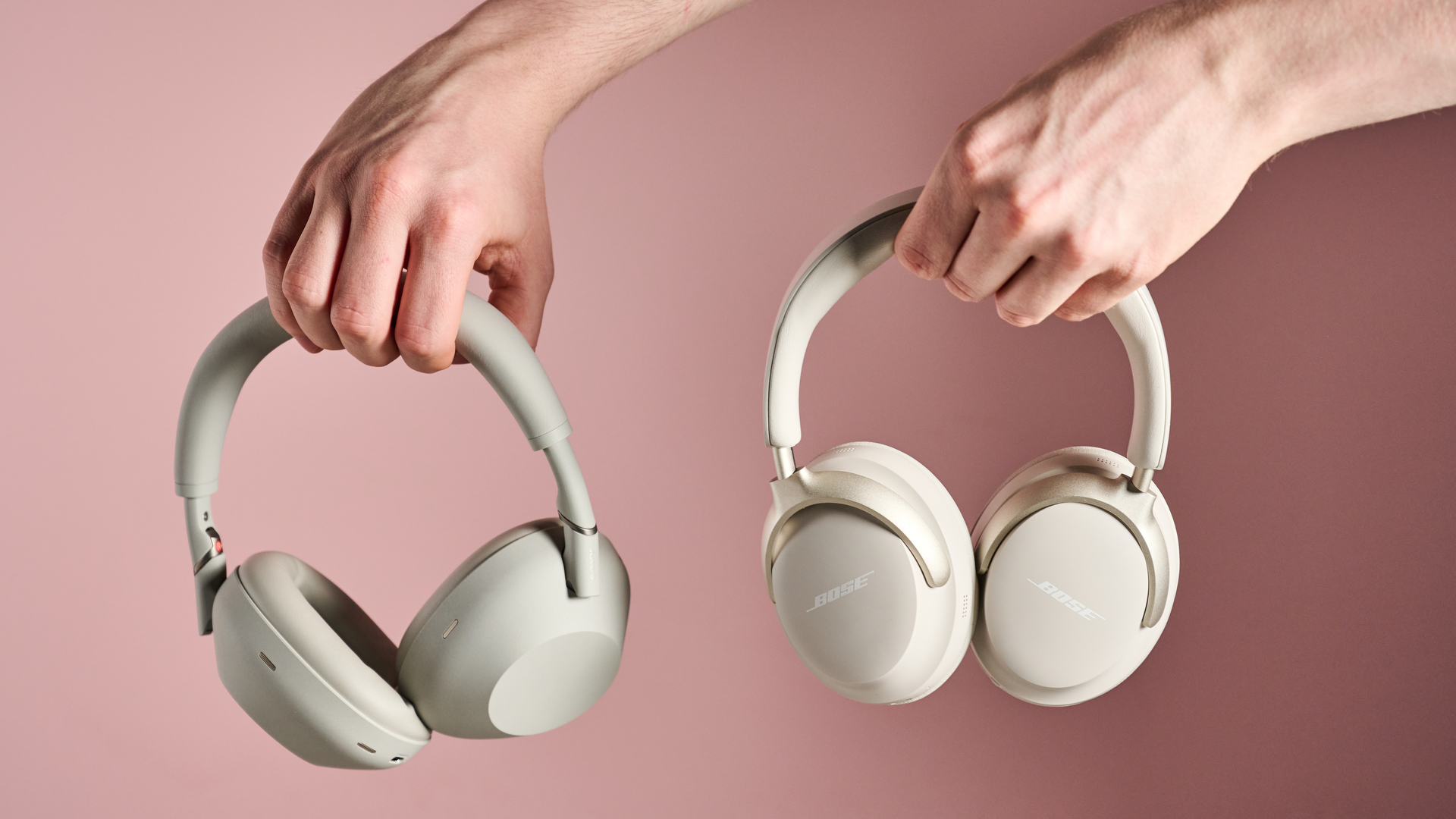
The Sony WH-1000XM6 are a fantastic pair of over-ear headphones that combine the best design elements of their predecessors, while levelling up the sonic and ANC capabilities of what came before. With super-clean touch controls, an ultra-comfy fit and a ton of features at your disposal, there’s a lot to love about these headphones – though they're a little bulky maybe.
Pros
- Class-leading ANC
- Excellent audio quality
- Highly intuitive touch controls
Cons
- Slightly bulkier look than the Bose
- Also bulkier case
- No Snapdragon Sound/aptX support
The Bose QuietComfort Ultra Headphones aren’t cheap, but from the moment you start using them, they feel worth every penny. The sound quality is electrifying, and the noise cancellation swallows you into a black hole of silence. They're also comfortable and come with good smart features, though not as many as Sony offers. It's a shame about the sub-par battery life, too.
Pros
- Fantastic, detailed sound
- Also-excellent ANC
- Comfortable and compact
Cons
- Weak 24-hour battery life
- Some will prefer a more neutral sound
- Sony's ANC is better
If you're shopping for some of the best noise cancelling headphones, there's no doubt that the names Bose and Sony will appear near the top of most digital storefronts – and right now, that particular means the Sony WH-1000XM6 and Bose QuietComfort Ultra Headphones.
Both of these stand as some of the very best over-ear headphones on the market, boasting sublime sound quality, top-tier design and cutting-edge ANC.
And that last category is where these two really excel. Both the Sony WH-1000XM6 and Bose QuietComfort Ultra Headphones are class-leaders when it comes to quashing pesky external sounds. But which one comes out on top in that department? And which is generally the better pair of headphones?
Well, these are great questions, if I do say so myself. And so I've tested both the Sony WH-1000XM6 and Bose QuietComfort Ultra Headphones, side-by-side, so that I can come to you with cold, hard answers.
You can read my full Sony WH-1000XM6 review or our Bose QuietComfort Ultra Headphones review to go in-depth with the individual verdicts, but I've spent countless hours listening to tunes on both of these models, as well as assessing their full feature-sets, build quality, and more – so I can make it easy and tell you here which headphones will come out ahead.
Sony WH-1000XM6 vs Bose QuietComfort Ultra Headphones: price & availability
The Sony WH-1000XM6 launched in May 2025, three years after their predecessor, the Sony WH-1000XM5. Sony’s new cans cost $449 / £399 / AU$699 – that’s by no means cheap. In fact, they’re even more expensive than the XM5 were at launch, which had a list price of $399 / £380 / AU$649 at the point of release. But now, in 2025, you’ll rarely have to pay that much for the XM5, which are regularly on sale for closer to $300 / £250.
Like the WH-1000XM5, the Bose QuietComfort Ultra Headphones have been around for a little while now and so you’ll rarely have to pay top dollar to get your hands on them. Sure, they had a steep $429 / £449 / AU$649 price, but now they’re regularly available for under $350 / £350. That’s still a fair amount to splash out on some cans, but rest assured, these are still up there with some of the best headphones around.
Sign up for breaking news, reviews, opinion, top tech deals, and more.
The XM6 come in three colors at the time of writing: Black; Midnight Blue; and Platinum Silver. The Bose QuietComfort Ultra on the other hand can be bought in four variants: Black; Deep Plum; Lunar Blue; and White Smoke.
Sony WH-1000XM6 vs Bose QuietComfort Ultra: specs
| Header Cell - Column 0 | Sony WH-1000XM6 | Bose QuietComfort Ultra |
|---|---|---|
Price | $449 / £399 / AU$699 | $429 / £449 / AU$649 |
Drivers | 30mm dynamic | 35mm dynamic |
Active noise cancellation | Yes | Yes |
Battery life | 30 hours (ANC on) | 24 hours (ANC on) |
Weight | 254g | 250g |
Connectivity | Bluetooth 5.3, 3.5mm, USB-C (charging only) | Bluetooth 5.3, 3.5mm, USB-C (charging only) |
Frequency range | 20Hz-20kHz | 20Hz-20kHz |
Waterproofing | None | None |
Sony WH-1000XM6 vs Bose QuietComfort Ultra: features
Both the Sony WH-1000XM6 and Bose QuietComfort Ultra Headphones pack in a great number of smart features – that is, if you download their respective companion apps. Both boast the likes of multi-point Bluetooth connectivity for instant switching between two devices, spatial audio options, voice assistant compatibility and a 3.5mm port for wired listening.
But the main event for both of these pairs of cans is their active noise cancelling. The QuietComfort Ultra have, for some time, reigned supreme as the best noise cancelling headphones around at the premium end.
Even though it’s been more than a year since their release, I was still impressed by their ability to crush external noise. Whether vacuuming my apartment, standing by a gushing tap, walking through a busy city or taking a train, I was regularly able to achieve near-silence with music at around 60-70% volume.
Having said that, the Sony WH-1000XM6 are even better. They utilize a QN3 noise cancelling processor – a considerable upgrade over what was used in their predecessor, the Sony WH-1000XM5. This processor fine-tunes 12 microphones in real time to deliver a highly immersive, distraction-free listening experience.
When comparing these to the QuietComfort Ultra, they cut out sounds from my surroundings slightly more effectively. I couldn’t even hear the noise of my train on an hour-long commute, and the conversation of nearby strangers wasn’t audible whatsoever.
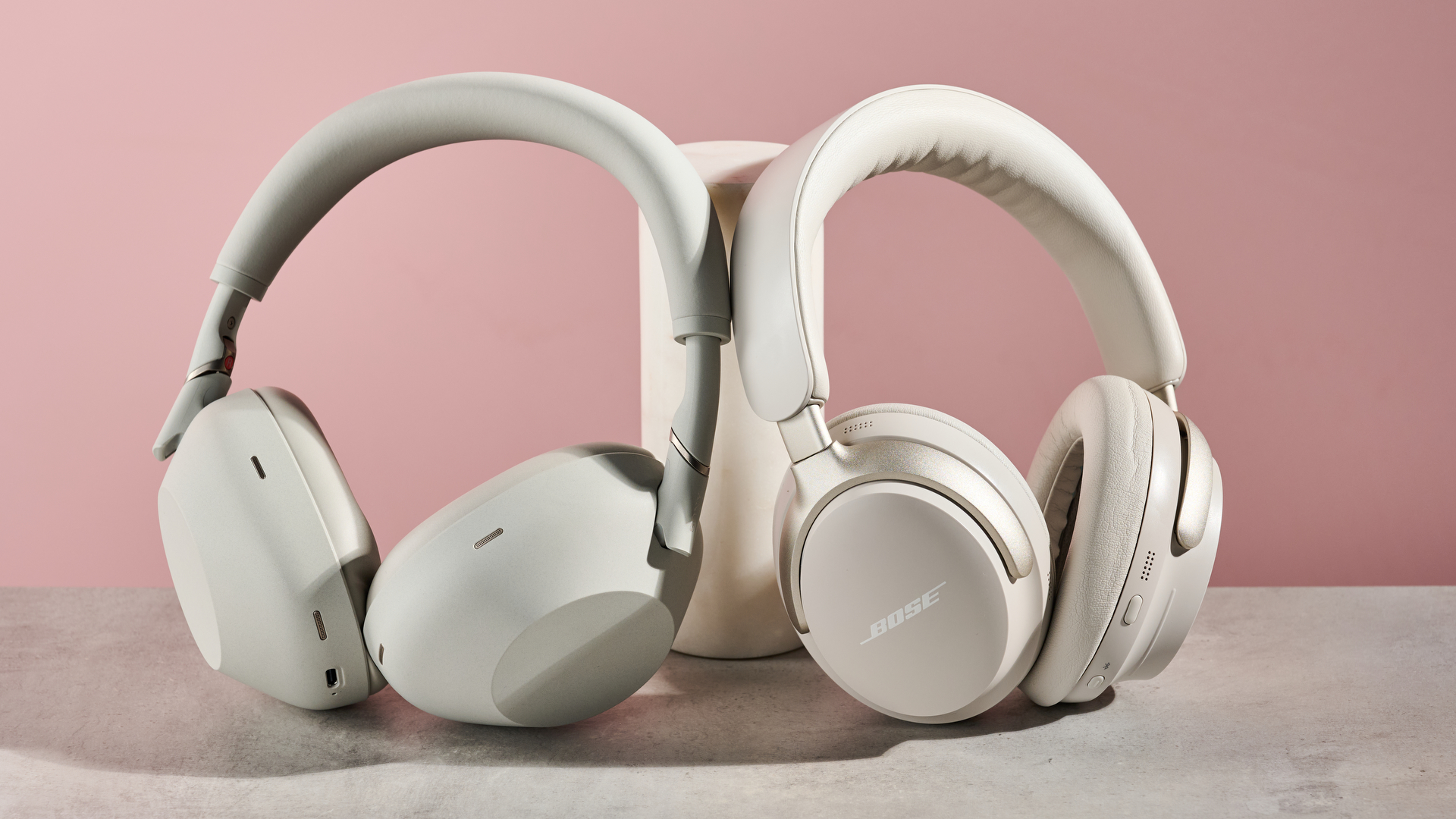
Both of these models also give you the ability to customize ANC to your liking. In the Bose Music app, you can select a use-case and alter the noise cancellation level in 10 increments. There’s more to uncover too – a Wind Block feature helps to reduce wind noise and you can activate Immersive Audio with or without head tracking. You can save your customization choices for regular use too, which is rarely seen from competitors.
Sony doesn’t supply quite so much customizability, but you can head into Ambient Sound mode and adjust active noise cancellation between 1 and 20 and switch on Voice Passthrough to filter in speech while still suppressing other noises.
Outside of ANC, there are some key differences worth noting. Sony harnesses its DSEE Extreme tech to upscale lower-quality audio files such as those from Spotify, as well as offering LDAC to unlock higher-quality Bluetooth streaming, ideal for platforms such as Tidal. You don’t get either of these on the QuietComfort Ultra, but there is support for Snapdragon Sound’s aptX Adaptive codec.
Neither pair of headphones offers true Hi-Res Audio over USB-C, which you get from rivals such as the Bowers & Wilkins Px7 S3 and Sonos Ace.
Another point of differentiation is on battery life. The Sony WH-1000XM6 have a playtime of 30 hours with ANC on. That’s average for a more premium pair of consumer-grade headphones, though there are options like the Sennheiser Momentum 4 Wireless and Cambridge Audio Melomania P100 that can dish out double that.
Unfortunately for the Bose QuietComfort Ultra, they fare worse than the XM6, with just 24 hours of playtime. Put simply, that’s pretty poor and was the key reason for us not rating them five stars in their review.
Finally, both headphones allow you to adjust their sound to your taste, but to varying degrees. The QuietComfort have a few presets as well as a three-band equalizer, as well as Immersive Audio and CustomTune, which adjusts output to the shape of your ears and environment.
The XM6 offer even more, though, with a 10-band EQ, a Find Your Equalizer test, presets, spatial audio, and adaptive sound control, which adjusts audio output depending on your environment and movement.
All in all, the improved customizability, superior battery life and slightly better ANC make the XM6 the winner on features.
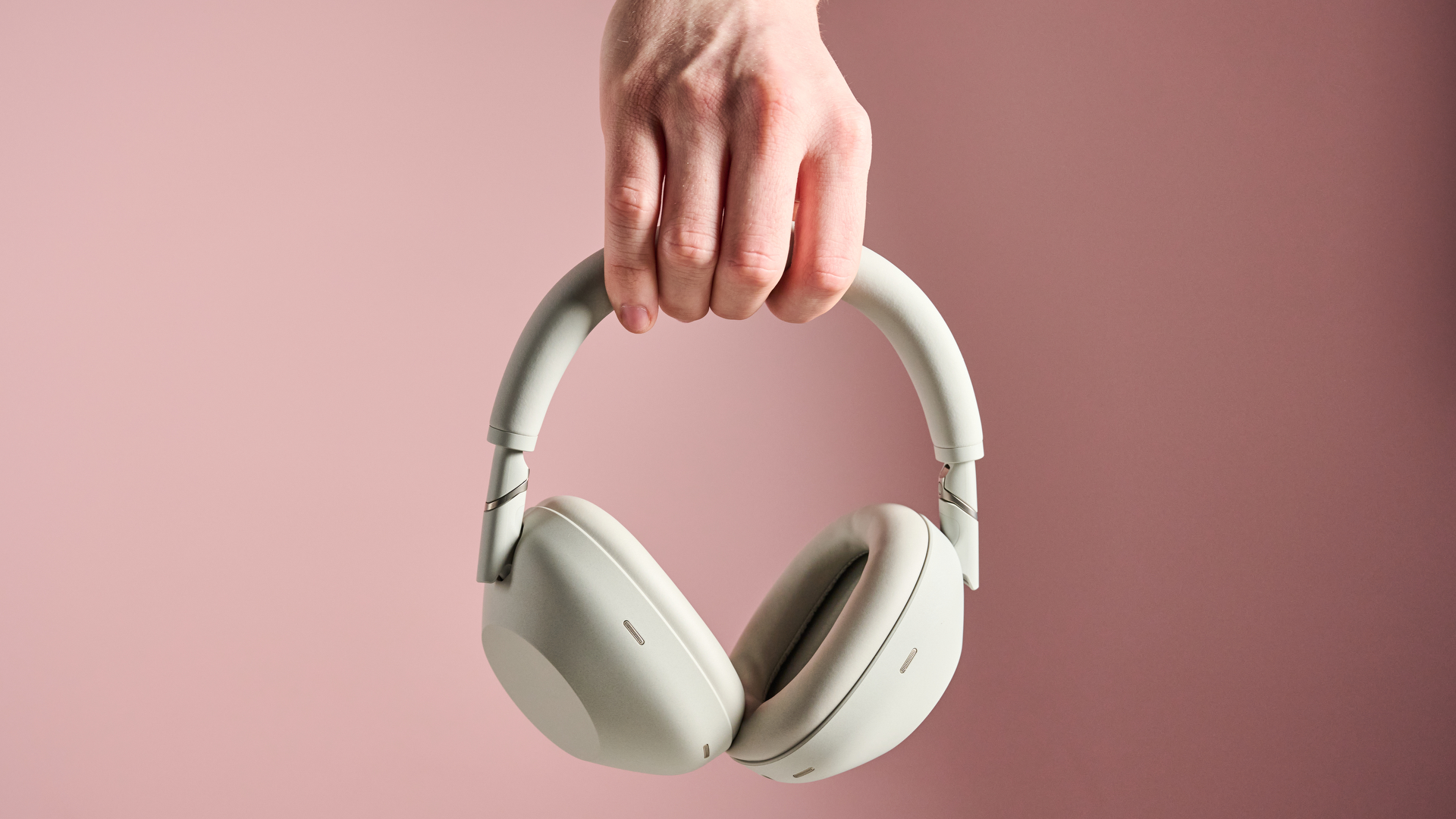
Sony WH-1000XM6 vs Bose QuietComfort Ultra Headphones: sound quality
When the Bose QuietComfort launched, we couldn’t get enough of their detailed, powerful audio output. These cans are capable of handling pumping bass, rich mids and lofty yet controlled treble. It’s that low-end though that really grabs you out of the gate.
But don’t think that this makes them only for bass-heads – the QuietComfort Ultra have a regimented bass floor and rarely succumb to distortion, meaning that low end won’t sound muddy or overbearing. Pair that with ‘hi-res’ streaming via Bluetooth with aptX Adaptive and you’re looking at a really talented pair of cans.
But sorry, Bose… the Sony WH-1000XM6 sounded even better in my comparison testing. Like the QuietComfort Ultra, these deliver intoxicatingly impactful low-end output, but here, that’s balanced even more effectively with layered mids and energetic treble. Sony says the XM6 were co-developed with some of the most prolific mastering engineers around who pushed for a more even sound, which shines across all frequencies.
One of the main reasons I prefer the XM6 over the QuietComfort Ultra is the openness and width they offer. When listening to A Seagull & Clouds by Himiko Kikuchi, the QuietComfort Ultra replicated the smooth bass, dancing keys and rhythmic percussion accurately and cleanly, but I couldn’t help but feel the soundstage lacked some width. T
he XM6, meanwhile, did all of the above with ease, while giving each element of the jazzy instrumental considerably more room to breathe, resulting in a more expressive, charismatic interpretation of the track.
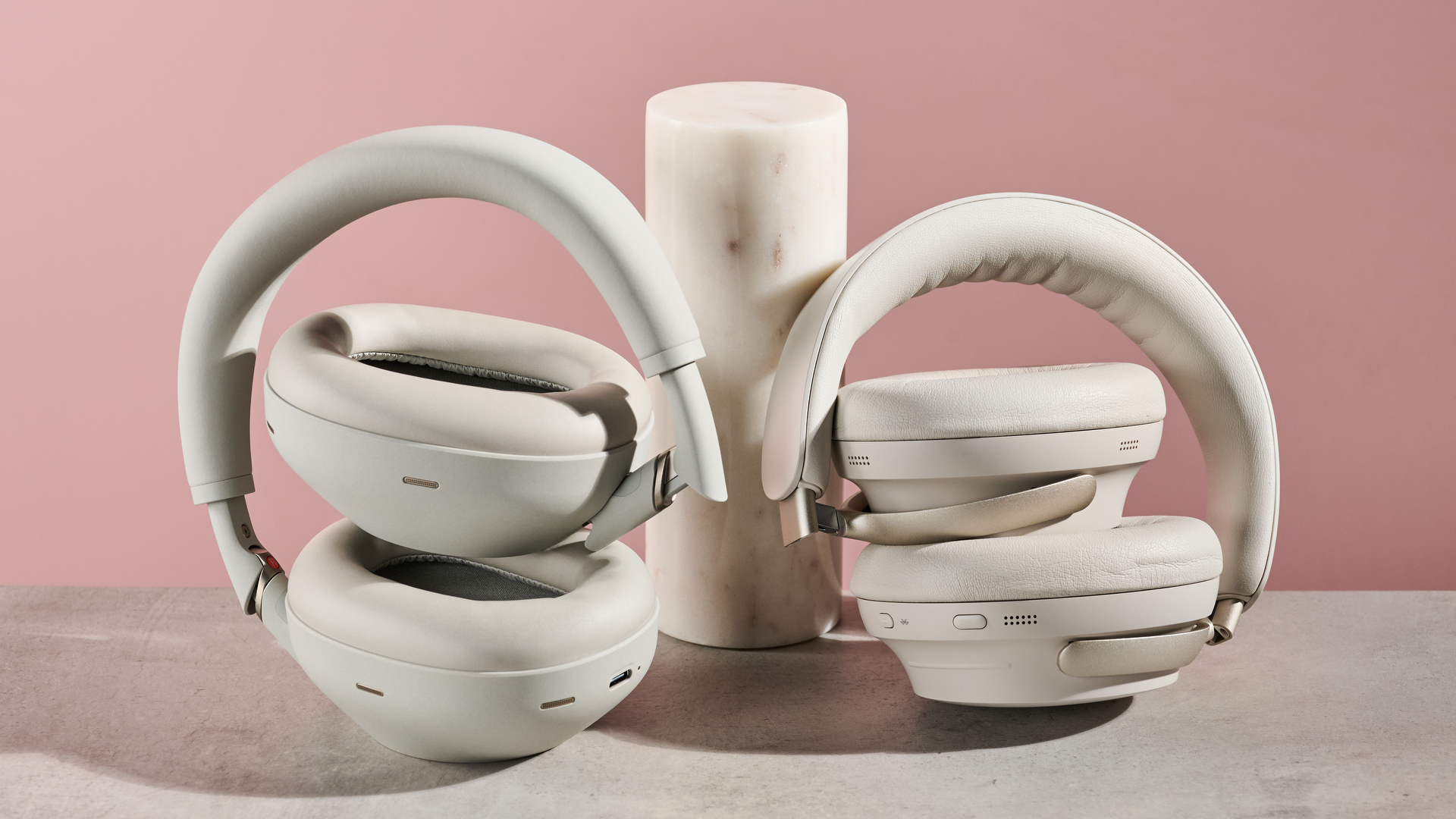
Both headphones also have immersive audio options, which is handy if you want more spatial sound for watching movies. The QuietComfort Ultra use Immersive Audio, which I found to effectively create a sense that sound is coming from speakers around you, rather than being pumped straight into your ears.
This works by processing and 'upmixing' the original signal, which is very similar to Cinema mode on Sony’s WH-1000XM6. This also upmixes sound to create a more wraparound, three-dimensional sonic impression. Again, this is pretty effective, but I found elements such speech clarity to actually be better in standard listening mode.
If you want headphones with good call quality, both of these are viable options, but the Sony WH-1000XM6 are exceptional. When I visited Sony’s 5020 Studios in Madrid, I watched someone walk into an artificially noisy room with loud chatter surrounding them. But when they put the headphones on and made a call, their voice was lifted away from the clamor and was ultra-clear and crisp. That’s thanks to six beamforming mics paired with AI tech for the clearest call quality possible.
The QuietComfort Ultra are capable of good calling. You sound generally clear, but we found speech could get a tad quiet when testing compared to the Sony WH-1000XM6.
So, even though the QuietComfort Ultra perform nicely across the board, the Sony WH-1000XM6 are truly excellent in terms of audio performance, whether you’re listening to music, watching your favorite shows or making a call to family and friends.
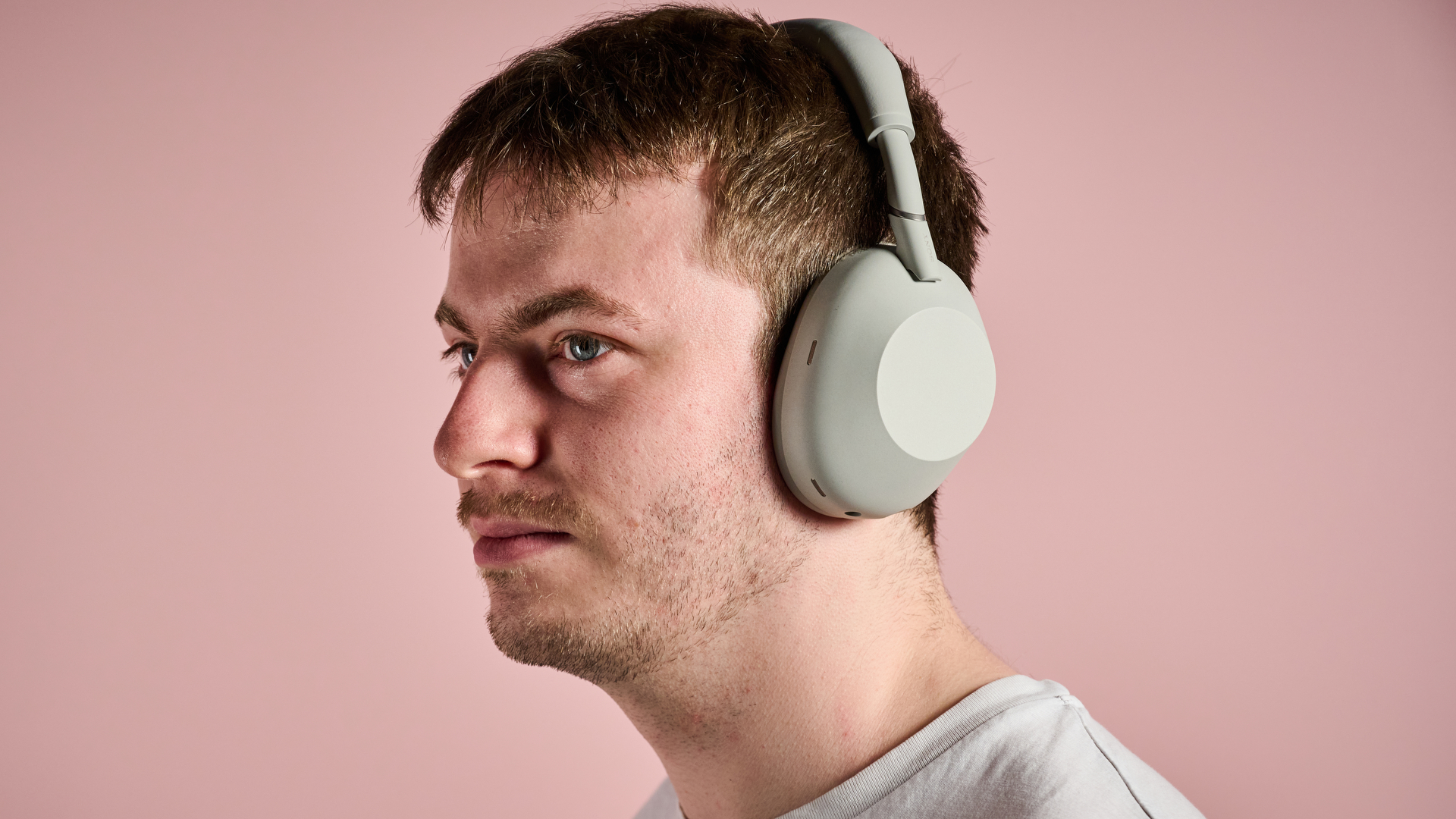
Sony WH-1000XM6 vs Bose QuietComfort Ultra Headphones: design
Both the Sony WH-1000XM6 and Bose QuietComfort Ultra have a premium look and feel that help them to stand out among some red-hot competition. The XM6 are a big overall improvement over their predecessor, bringing back a foldable design, adding a wider and more comfortable headband, as well as adding a mesh over the mics for better protection against wind noise.
They have pleasantly padded earcups, durable hinges and come in three simple yet classy color options: Black; Midnight Blue; and Platinum Silver.
The only aspect of their design that failed to win me over was the pure bulk of the earcups. Both myself and some fellow colleagues felt that they appeared to be pretty chunky on-ear, and so if you want a more discreet, curved look, they may not be for you. That also plays into the fact that their carry case is larger than the Bose's (though is smaller than the Sony WH-1000XM5's).
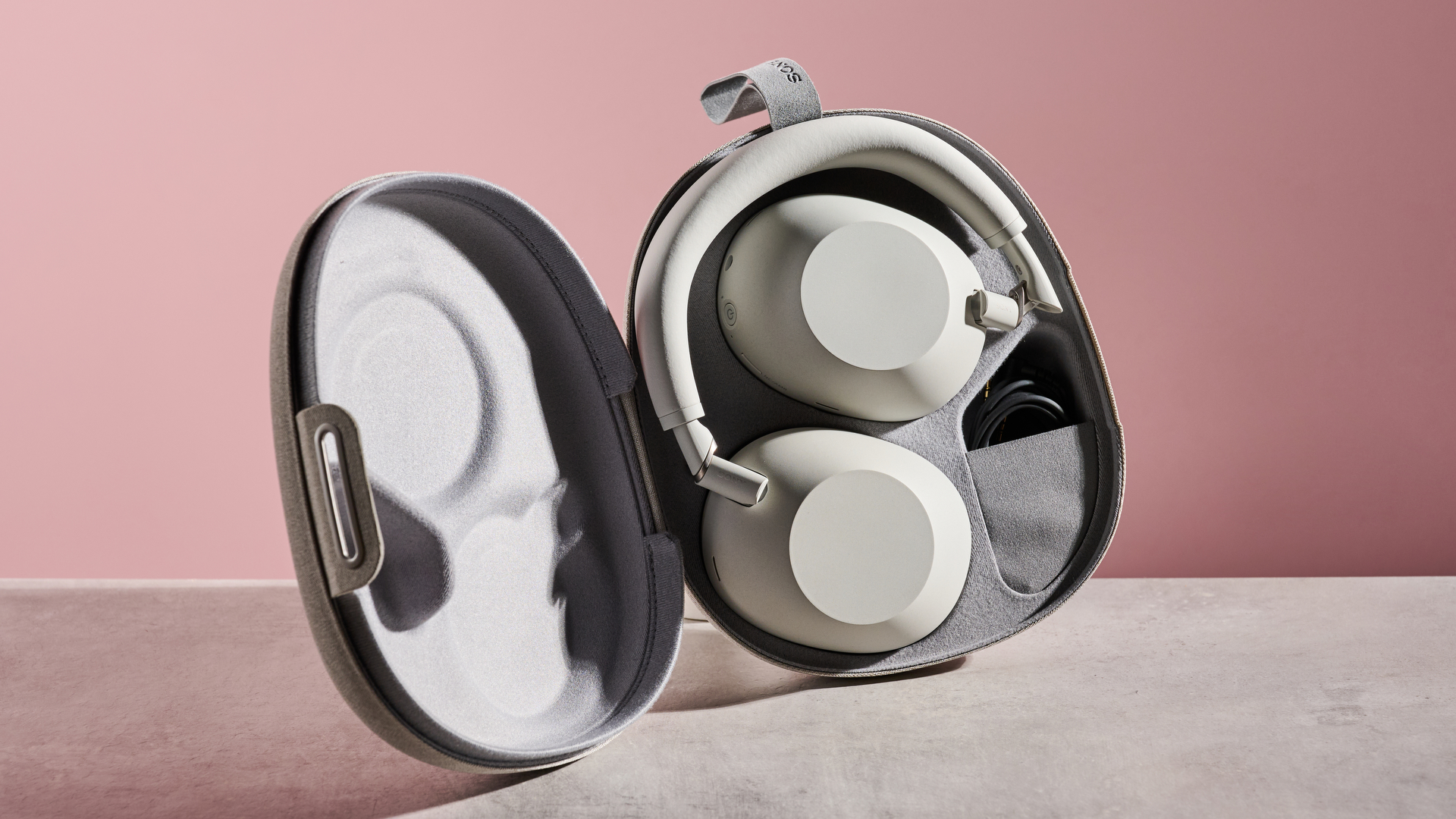
The Bose QuietComfort Ultra Headphones have a slightly smaller carry case, though it uses a zipper rather than the seamless magnet lock system of the XM6. The headphones themselves are foldable too, and can fit into a small bag with ease. Pair that with a generously padded headband, premium plastic and faux leather finish and jazzy color options and you’re looking at fantastic all-round design.
They don’t look as smooth and rounded as the XM6 and also feel a little more plasticky than the XM6. I also found their button controls to be a little odd. There’s a Bluetooth button that also controls power/on off and does play/pause/skip tracks. That, in my view, is a little convoluted for a single button.
The button above that can also cycle through listening modes. Meanwhile, the XM6 keep it simple with a power on/off button and noise cancelling on/off switch.
Both have touch controls as well, but the QuietComfort Ultra’s only work for volume and shortcuts. The XM6 touch controls are highly intuitive and enable playback control and taking or rejecting calls. On top of that, you can cover the right earcup to enable passthrough mode when you need to chat to someone around you, which is incredibly useful.
The more fleshed out touch controls, premium look and modern case for the XM6 gives it the edge in terms of design, but the QuietComfort Ultra do put up one heck of a fight.
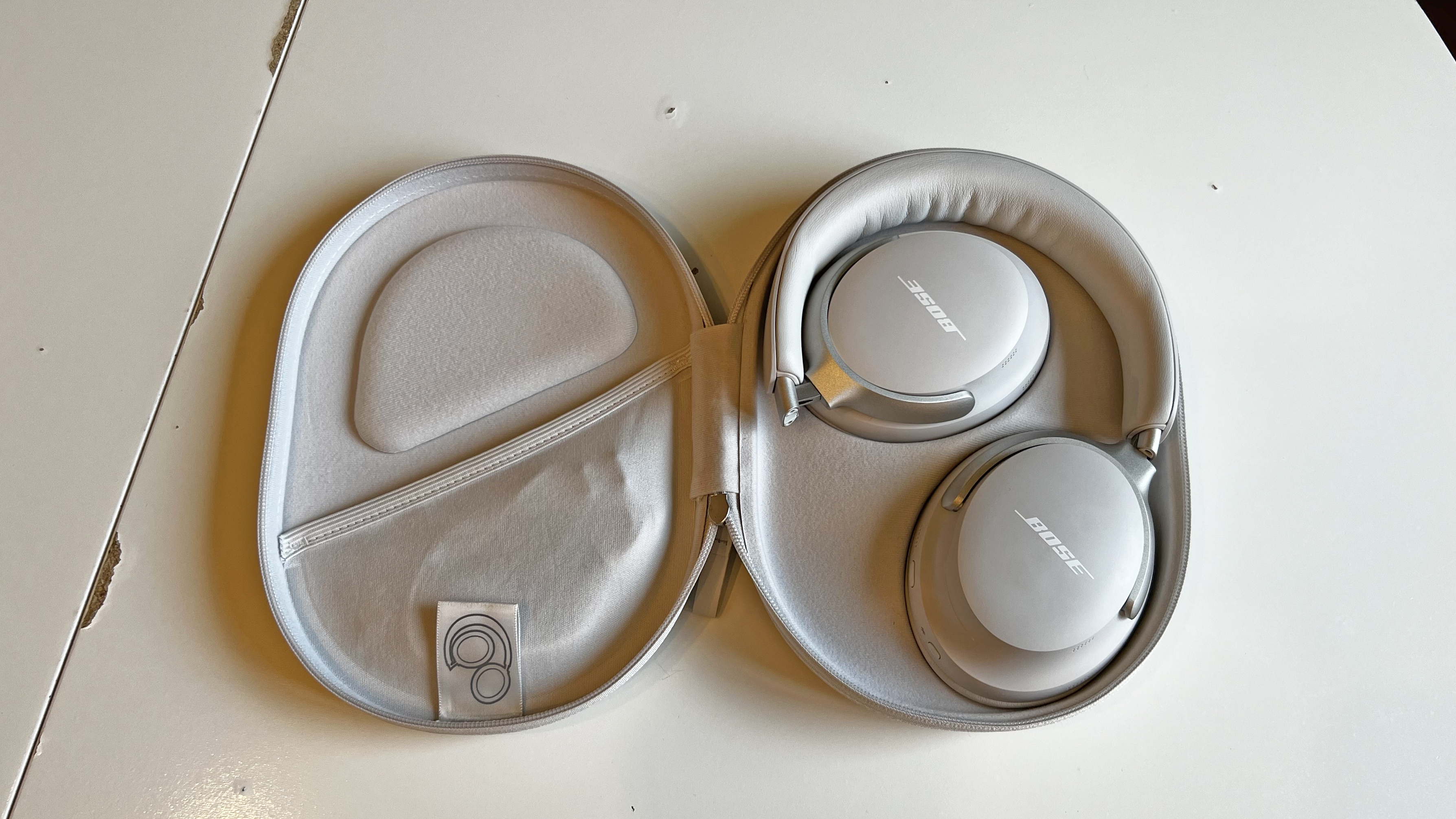
Sony WH-1000XM6 vs Bose QuietComfort Ultra Headphones: value
And finally, let’s talk about value for money. In terms of list price, there’s not a lot in it between these two rivals. The Sony WH-1000XM6 are typically priced at $449 / £399 / AU$699, while the Bose QuietComfort Ultra launched for $429 / £449 / AU$649.
But of course, the QuietComfort Ultra are no longer the new kid on the block, meaning you can grab them at a significantly reduced price on the regular. They’re regularly sold for closer to the $350 / £350 mark – a good $100 / £50 less than the XM6. But are Sony’s new flagship headphones really worth the extra cash?
Well, as we’ve determined so far, the XM6 outperform the QuietComfort Ultra in nearly every category. You get superior audio performance, marginally stronger ANC, more playtime, slicker touch controls and even more refined call quality.
If we’re comparing these at launch price, the XM6 are the clear winner here. But even considering Bose’s flagship effort is on sale now, I’d argue you’re getting better sound-for-pound value with Sony’s alternative, which are among the strongest all-rounders on the market.
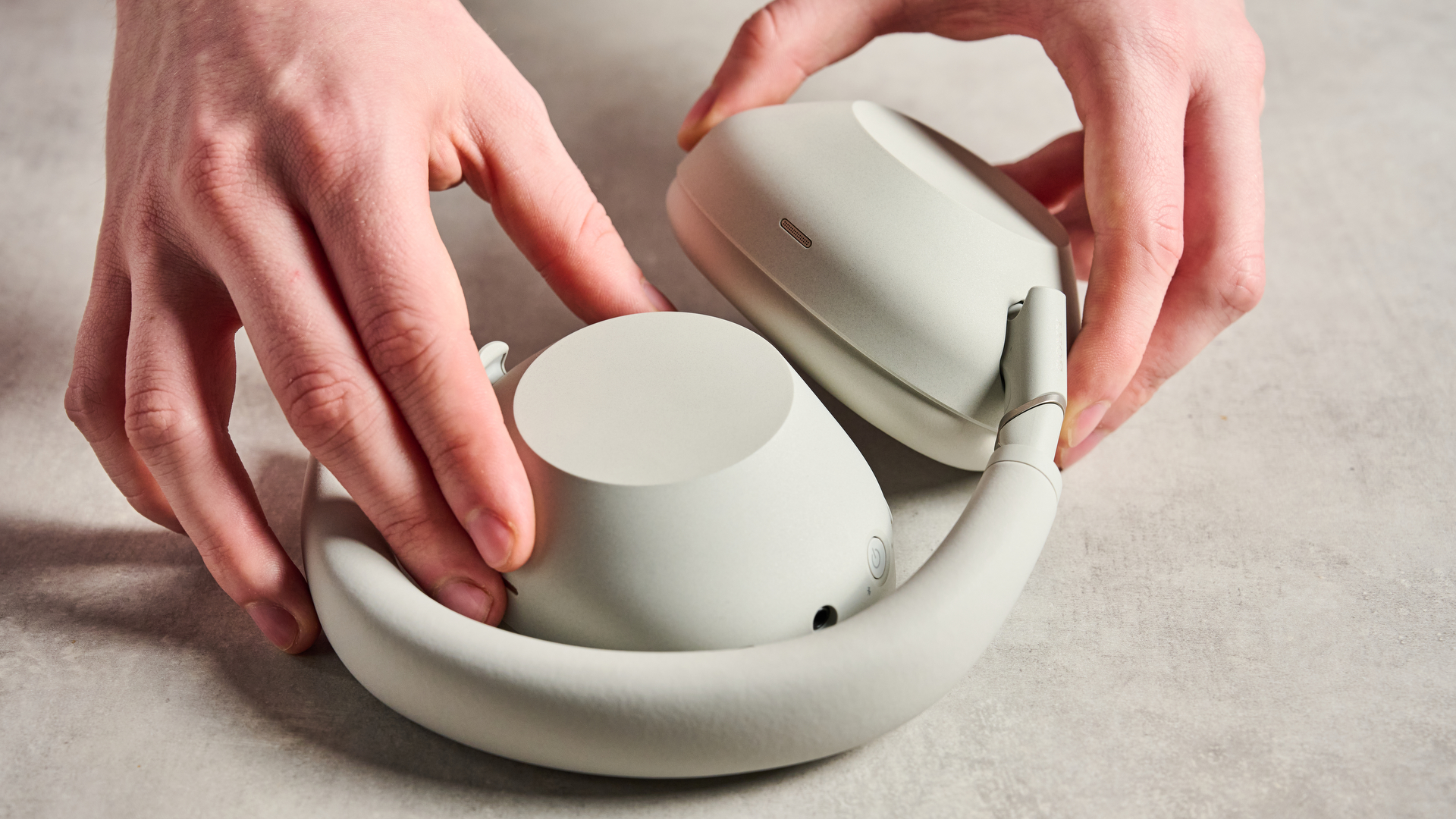
Sony WH-1000XM6 vs Bose QuietComfort Ultra Headphones: verdict
So, there you have it. This battle always leaned one way, and that’s in favor of a Sony WH-1000XM6 victory. These cans really are the full package, boasting immersive audio, incredible comfortability, an upgraded design and class-leading noise cancelling.
The Bose QuietComfort Ultra Headphones have spent a long time atop the ANC throne, though, and deservedly so. Combine their excellent noise-crushing capabilities with their exciting sound signature and neat design, and you’re still looking at a great pair of headphones. Ultimately, the small victories add up for Sony though, and the XM6 snatch the crown.
But this isn't the end of the discussion. What do you think – which model is your winner? Feel free to let us know in the comments!
You may also like
- 3 reasons I'd buy the Sony WH-1000XM6 and 3 reasons I wouldn't, based on my real-world testing
- The Sony XM6 are an accomplished set of cans, but they’re not replacing my Sonos Ace anytime soon
- The Sony WH-1000XM6 are the best headphones around when it comes to noise cancelling, but they aren’t short of competition. Check out our guide to the best noise cancelling headphones to get the low down on Sony’s red-hot competition.

Harry is a Reviews Staff Writer for TechRadar. He reviews everything from party speakers to wall chargers and has a particular interest in the worlds of audio and gaming. Harry has a background in business tech journalism, particularly around the telecoms industry.
You must confirm your public display name before commenting
Please logout and then login again, you will then be prompted to enter your display name.